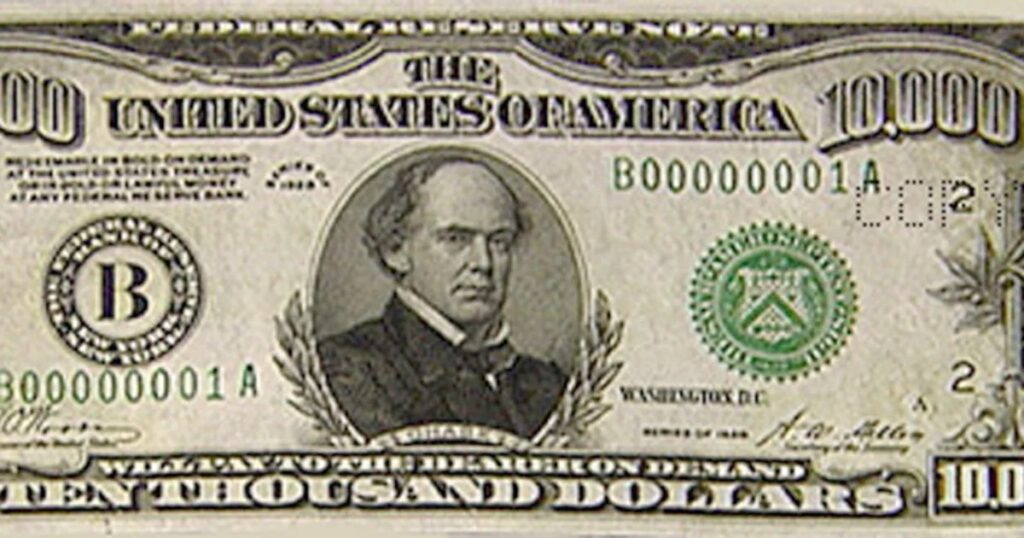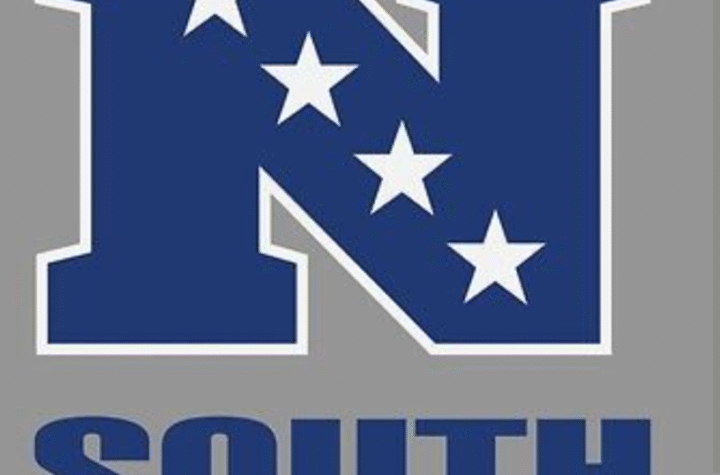
The history of U.S. currency offers a captivating insight into the nation’s development, economic evolution, and shifting cultural priorities. Before the formation of the United States, each colony issued its currency. The Massachusetts Bay Colony was the first to introduce paper money in 1690, known as colonial notes. During the American Revolutionary War, the Continental Congress also issued paper currency to support the war, termed Continental currency, which often depicted symbols reflecting the values of the thirteen colonies, such as an illustration of an American soldier with a sword alongside the phrase “MAGNA CHARTA.”
In the post-Revolutionary period, several significant milestones shaped the landscape of U.S. currency. The adoption of the dollar sign occurred, and Treasury Secretary Alexander Hamilton played a crucial role in establishing the Bank of the United States to implement a credit system for the fledgling government. Additionally, the Mint Act was passed, creating the U.S. coinage system. Although early treasury notes could be exchanged for gold, it wasn’t until 1861 that paper money re-emerged in the form of “demand notes,” commonly referred to as “greenbacks.”
The term “greenback” specifically describes paper currency issued by the U.S. during the 19th century, particularly throughout the Civil War. Initially, it referred to the demand notes printed in 1861, characterized by their distinctive green ink on the back. Greenbacks were issued to finance the Civil War, and while they were recognized as legal tender, they lacked backing by gold or silver, resulting in value fluctuations. Over time, “greenback” evolved to denote any U.S. paper currency that was not commodity-backed, and it is now often used informally to refer to U.S. dollars.
These greenbacks were utilized to pay salaries and government expenses, though their lack of gold backing led to depreciation. The Legal Tender Act of 1862 replaced demand notes with a new official paper currency, solidifying the foundation of modern U.S. currency.
Among the 53 notable individuals whose portraits have graced U.S. currency, a few figures stand out prominently.
Salmon P. Chase
In 1862, amid the Civil War, the first $1 legal tender notes featured the likeness of Treasury Secretary Salmon P. Chase. He was pivotal in developing the national banking system and was instrumental in crafting the new paper currency authorized under the National Bank Acts, which instituted a framework for nationally chartered banks and a standardized currency. Chase’s portrait also appeared on the $10,000 bill, the largest denomination ever circulated. Although high-denomination bills are no longer in use, Chase National Bank, founded in 1877, honored his legacy.
Martha Washington
Martha Washington holds the unique distinction of being the only woman prominently featured on U.S. paper currency. Her portrait first appeared on the $1 silver certificate issued in 1886 and was reprised in a modified version in 1891. These certificates were supported by the government’s silver reserves and could be exchanged for silver. They remained in circulation until 1957, making them the second-longest issued paper currency in U.S. history, following the $2 bill.
These examples illustrate the rich tapestry of U.S. currency history, highlighting the influential figures and values that have shaped the nation’s financial system over the years.
Source:historyfacts.com and Photo credit: NBC





More Stories
$267M Film Hub in San Marcos Inches Toward Reality
The Sims Farms Continues Sustainability Push with New Wine and Tea
Piedmont Park: Envisioning Atlanta’s Premier Greenspace of Tomorrow